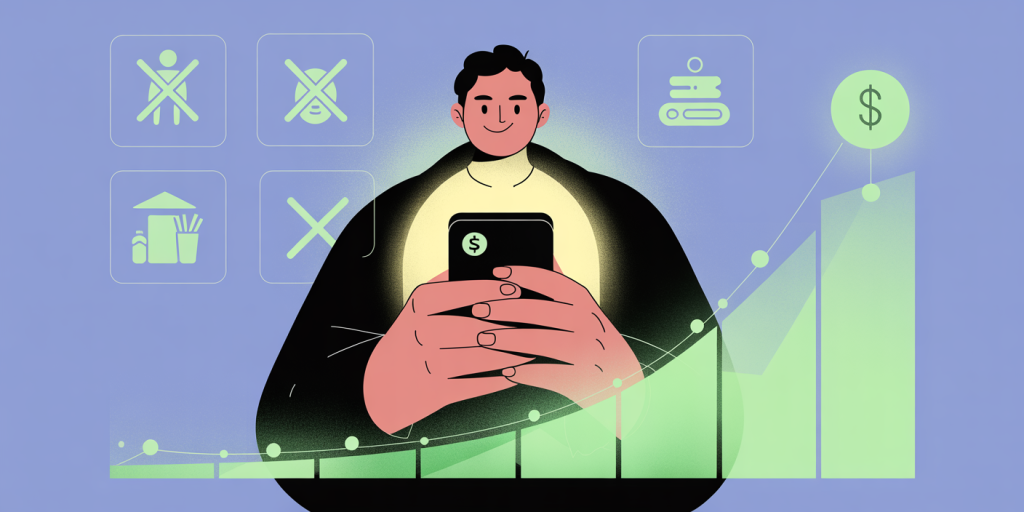Saving for a down payment on a house is one of the most significant financial goals many individuals and families aim to achieve. The process can seem daunting, especially amidst rising home prices and competing financial obligations. However, with careful planning, disciplined saving strategies, and the right knowledge, prospective homeowners can navigate this challenge successfully. This article explores practical, actionable steps for saving a down payment, backed by data and real-world examples, offering clear guidance toward homeownership.
Understanding the Importance of a Down Payment
A down payment is the upfront cash paid when purchasing a home, typically expressed as a percentage of the purchase price. Traditionally, putting down 20% has been recommended to avoid private mortgage insurance (PMI), lowering monthly payments and strengthening the loan application. According to the National Association of Realtors (NAR), the median home price in the U.S. was around $413,500 in 2023, meaning a 20% down payment amounts to approximately $82,700.
While many lenders accept as little as 3-5% down on certain loan programs, making a larger down payment can be advantageous. Besides reducing mortgage insurance costs, a substantial down payment often ensures better loan terms, such as lower interest rates. One study by Zillow found that buyers who put 20% down enjoyed an average of 0.5% lower interest rates than those with smaller down payments, which, over a 30-year mortgage, can translate to tens of thousands saved.
Understanding these factors underscores the need to develop a solid saving plan customized to your financial situation and homeownership timeline.
Establishing a Realistic Savings Goal
Setting a concrete savings goal is a critical first step. Start by researching the housing market in your target area. For example, if you are looking to buy a home in Austin, Texas, where median prices are approximately $450,000, aiming for a 20% down payment means you should target $90,000. However, if market conditions or personal finances make this prohibitive, consider a smaller percentage, adjusting your monthly savings accordingly.

To create a realistic timeline, consider your income, monthly expenses, and potential windfalls such as bonuses or tax refunds. For instance, if you aim to save $50,000 in five years, you would need to set aside $833 per month, excluding interest earned. Use savings calculators to factor in interest growth if your funds are placed in high-yield accounts or investment vehicles.
Comparative Table: Savings Target Based on Purchase Price and Down Payment Percentage
| Home Price | 3% Down Payment | 5% Down Payment | 10% Down Payment | 20% Down Payment |
|---|---|---|---|---|
| $300,000 | $9,000 | $15,000 | $30,000 | $60,000 |
| $400,000 | $12,000 | $20,000 | $40,000 | $80,000 |
| $500,000 | $15,000 | $25,000 | $50,000 | $100,000 |
Having these statistics clearly laid out can help prospective buyers assess what is feasible and tailor their savings plan accordingly.
Developing a High-Impact Saving Strategy
Saving for a down payment often requires more than simply setting aside money from your monthly paycheck. It involves adopting a multi-pronged approach to accelerate accumulation while minimizing lifestyle sacrifices.
First, open a dedicated savings account with a high interest rate to separate your down payment funds from everyday expenses. Online banks often provide annual percentage yields (APYs) exceeding 4%—significantly higher than traditional checking accounts. For example, Ally Bank and Marcus by Goldman Sachs are known for their competitive yields and lack of fees, maximizing your contribution growth.
Second, automate your savings. Setting up automatic transfers of a fixed amount immediately after payday ensures consistency and reduces the temptation to spend the funds elsewhere. Combine this with regularly reviewing and adjusting the savings rate when your income rises or debts reduce.

Third, cut back on discretionary spending by analyzing monthly expenses rigorously. For example, a real-life case from CNBC profiled a couple in Denver who shaved $600 a month from their dining out and subscription services by cooking at home and consolidating streaming plans. These savings accelerated their down payment fund growth from $10,000 to $30,000 within two years.
Using cash-back rewards on credit cards responsibly can also contribute to your savings goal, particularly if you apply earnings directly to your down payment fund.
Exploring Additional Income Streams
Increasing income through side hustles or freelance work provides a valuable boost to your saving efforts. Many aspiring homeowners tap into the gig economy, generating supplementary income that is exclusively allocated to their housing fund.
Real-world examples include rideshare driving, freelance writing, online tutoring, and selling handcrafted items on platforms like Etsy. According to a 2023 report by Bankrate, about 45% of millennials engaged in gig work at some point, with many citing debt repayment and savings goals.

Employee benefits and tax advantages may also facilitate your process. Look into Employer-Sponsored Retirement Plans (like 401(k)s) that allow for early withdrawal for first-time home purchases. The IRS permits penalty-free withdrawals up to $10,000 from IRAs for qualified homebuyer expenses, which can supplement your down payment.
Moreover, applying for state and federal first-time homebuyer programs can provide grants or matched savings that jumpstart your fund. The HUD’s Good Neighbor Next Door program offers significant discounts to qualifying buyers in revitalization areas. Meanwhile, the Federal Housing Administration (FHA) loans accept down payments as low as 3.5%, making homeownership more accessible.
Managing Debt and Credit to Enhance Savings Potential
High levels of debt and poor credit scores can undermine your ability to save effectively and qualify for favorable mortgage terms. Managing debt through consolidation or repayment is crucial.
For illustrative purposes, a 2022 analysis by Experian found that individuals with credit scores above 720 saved on average 25% more in down payment funds year-over-year compared to those with scores below 620. This was largely due to better loan offers and lower insurance costs.
Additionally, reducing high-interest debt such as credit cards frees up funds for saving. Consider the snowball or avalanche methods to strategically pay down balances. For example, the snowball method prioritizes small balances first, providing quick wins that maintain motivation, whereas the avalanche method focuses on highest interest rates, ultimately saving more money.
To monitor progress, avoid accumulating new debt during your saving period. Use budgeting apps like YNAB (You Need A Budget) or Mint to track spending and create personalized savings goals. Realistically balancing debt repayment and savings might mean temporarily lowering the down payment target to achieve homeownership sooner without jeopardizing financial stability.
Future Perspectives on Down Payment Savings and Housing Market Trends
Looking ahead, housing market dynamics and economic factors will shape the strategies for saving a down payment. Experts predict that housing prices in major metropolitan areas may continue rising at annual rates of 3-5% over the next five years. Meanwhile, mortgage interest rates are expected to remain volatile due to inflation and Federal Reserve policies.
Prospective buyers thus face a tight timeline whereby saving diligently now can lock in better home prices and mortgage rates, mitigating future affordability challenges.
Technological advancements also promise innovative saving tools. Robo-advisors, artificial intelligence budgeting apps, and blockchain-based savings platforms will streamline fund management and growth, offering tailored investment strategies for down payment accumulation.
Furthermore, policy initiatives aimed at expanding homeownership access will likely increase the availability of down payment assistance programs and low-interest loans. Staying informed about such opportunities enables buyers to adapt strategies optimally.
Ultimately, combining disciplined saving, smart financial management, and leveraging emerging resources prepares homebuyers not just to accumulate a down payment but to enter the housing market with confidence and financial resilience.
The journey to save a down payment on a house demands persistence, education, and adaptability. By setting clear goals, optimizing income and expenses, managing credit, and planning for future market conditions, homeownership becomes a realistic and attainable achievement for millions. The key is starting the process early and maintaining steady progress toward a well-calculated goal.

Deixe um comentário